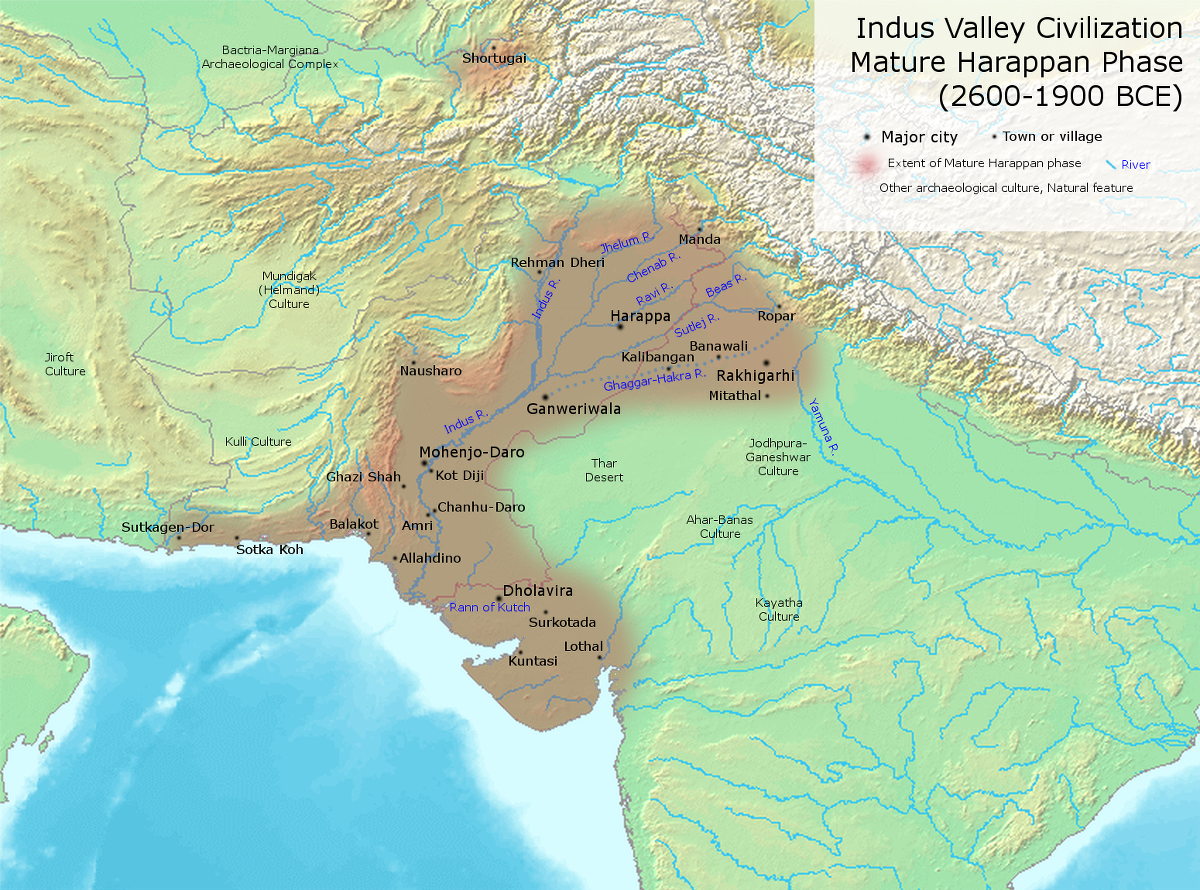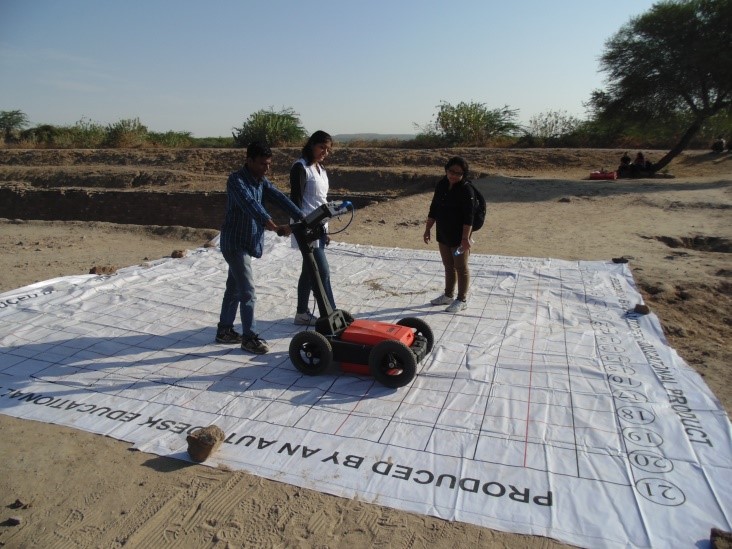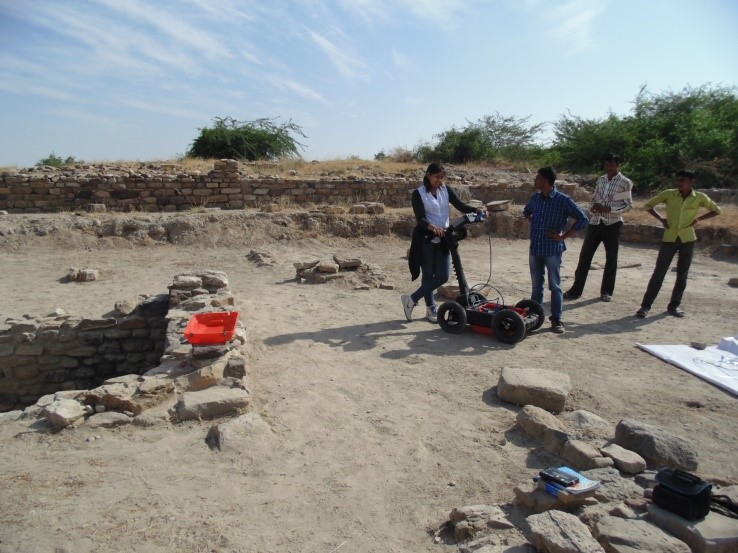
Harappans Had Knowledge Of Hydraulic Engineering, Dholavira Reveals
- News
- 3.5K
Indian researchers have found buried archeological features at Dholavira, one of the important sites of Harappan civilization in India.
A team of archeologists at Indian Institute of Technology Gandhinagar, conducted a survey of an unexplored area of around 12,276 square meters at Dholavira using Ground Penetrating Radar (GPR) technique which helps to scan the ground and reveals objects buried underground.

The GPR data suggests the existence of a set of small and shallow reservoirs possibly connected with the existing Eastern Reservoir. The depth of these reservoirs has been estimated to be around 2.5 meters below the present ground level. In addition, some structures have been found containing rubble with some features. These findings suggest the possible existence of check dams in the past, which may have collapsed due to flash floods in Manhar river.

The studied area is surrounded by Manhar river flowing from east to west. The overall site is gently sloping towards west, thus during floods the overflow water could have only flowed towards the area which may have caused damage in some of the structures, researchers have pointed out. “The presence of the grand East Reservoir and a series of reservoirs excavated earlier suggests that the Harappans had a good water-harvesting system.
The studied area is expected to have similar kinds of reservoirs, bunds, check dams, channels drains and water tanks,” the study has noted. Moreover, the observed features in the GPR data are of large dimension and resemble reservoir-type of structures, unlike residential structures of smaller size.
The present study provides evidence that the Harappans had an excellent knowledge of hydraulic engineering. Check dams were built to control the flow of water during floods while small reservoirs protected the East Reservoir. This investigation suggests that check dams and small reservoirs may have sustained partial damage due to a major flood at some point of time, but most of the East reservoir could still survive. Therefore, the study says, the purpose of engineering design behind these structures was well served under extreme conditions too.
Dholavira is one of the largest and the most prominent archaeological sites of Harappan civilization in India situated at Khadirbet in Bhachau taluka, Kutch district, Gujarat. The site is surrounded by salt pans of the Great Rann of Kutch and consists of the ruins of an ancient Indus Valley Civilization. The city existed from about 3000 to 1700 BCE, in an area of around 100 ha with 48 ha under fortification. There were several unexplored areas inside the city space which may contain ruins of the ancient city.
“The buried structures in Dholavira are probably made of stones and bricks, which is why there is a low contrast between objects and medium. Such weak radar signals were analyzed using special processing tool developed by us.
This tool can pinpoint objects better by magnifying the signals at the local level by looking at it in the time-frequency domain. The structures are mostly broken and therefore resulted in indistinct or uncommon reflection patterns. We then correlated our findings with the structures seen in exposed part of the site,” Dr. Amit Prashant, who led the study team, told India Science Wire.
The radar data will assist archaeologists to plan further excavations without damaging the underground structures. The study has been published in journal Current Science. The research team included Silky Agrawal, Mantu Majumder, Ravindra Singh Bisht and Amit Prashant. (India Science Wire)
By Dr. Vaishali Lavekar
For the latest Science, Tech news and conversations, follow Research Stash on Twitter, Facebook, and subscribe to our YouTube channel


